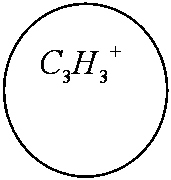Dissociation of Benzene Molecule in a Strong Laser Field
Страница 2
7. P. Dietrich, M. Yu. Ivanov, F. A. Ilkov and P. B. Corkum, Phys. Rev. Lett. 76, 1996.
8. S. Chelkowski, Tao Zuo, A. D. Bandrauk, Phys. Rev. A, 46, N9, R5342 (1992)
9. M. E. Sukharev, V. P. Krainov, JETP, 83, 457,1996. M. E. Sukharev, V. P. Krainov, Laser Physics, 7, No3, 803, 1997. M. E. Sukharev, V. P. Krainov, JETP, 113, No2, 573, 1998. M. E. Sukharev, V. P. Krainov, JOSA B, in press.
Figure captions
Fig. 1. Scheme of dissociation for benzene molecular ion C6H6+.
Fig. 2. The Morse potential (a), the effective potential (b) for maximum value of the field strength (a.u.), and the square of the wave function of the ground state for benzene molecular ion (c) as functions of the nuclear separation R (a.u.) between the fragments C3H3 and C3H3+.
Fig. 3. Envelope of laser pulse as a function of time (fs).
Fig. 4. The dissociation probability of benzene molecular ion C6H6+ as a function of time (fs).
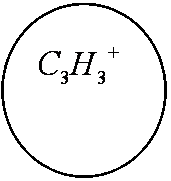

Fig. 1
Morse potential (a) (a.u.),
effective potential for max. field (b) (a.u),
c
b
a
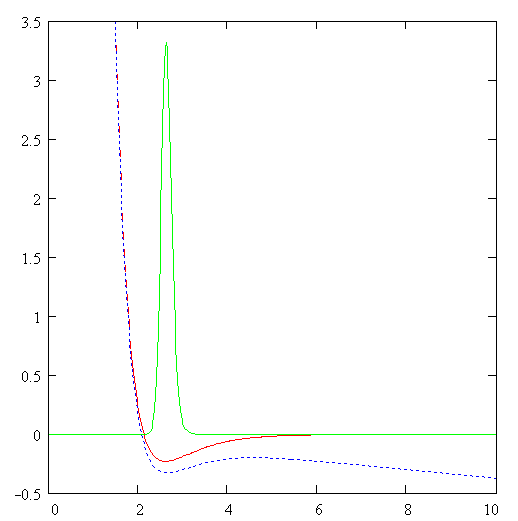 square of the wave function of the ground state for benzene molecular ion (c)
square of the wave function of the ground state for benzene molecular ion (c)
R, a.u.
Fig. 2

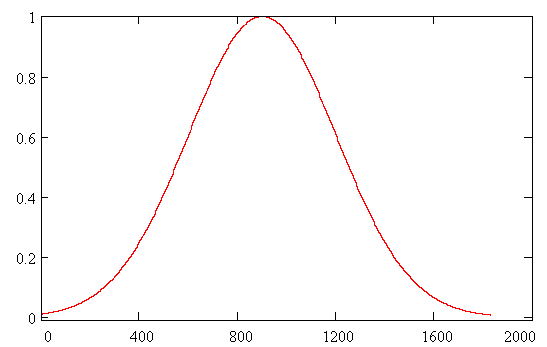 t, fs
t, fs
Fig. 3
b
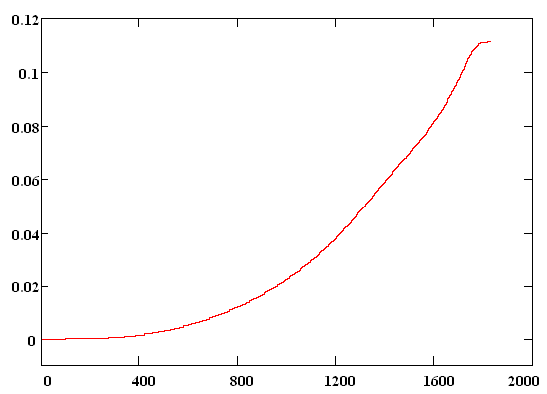 W(t)
W(t)
t, fs
Fig. 4
